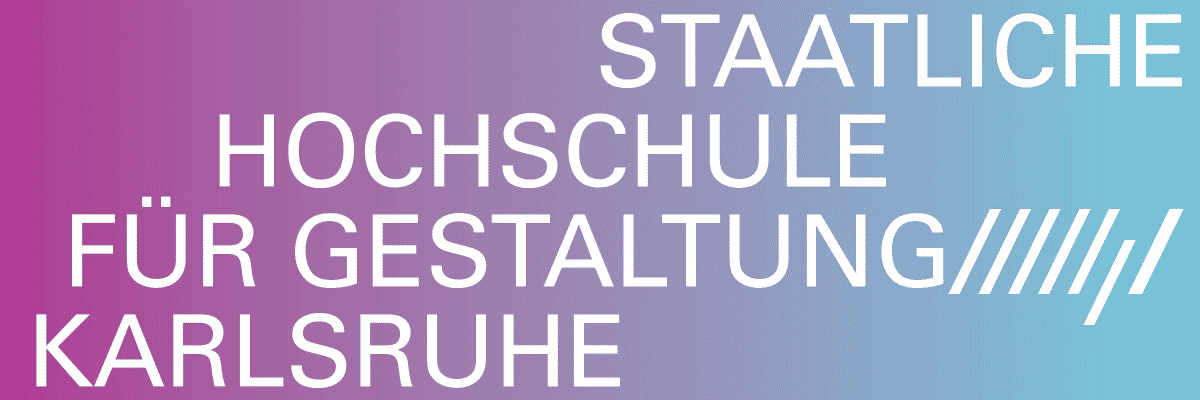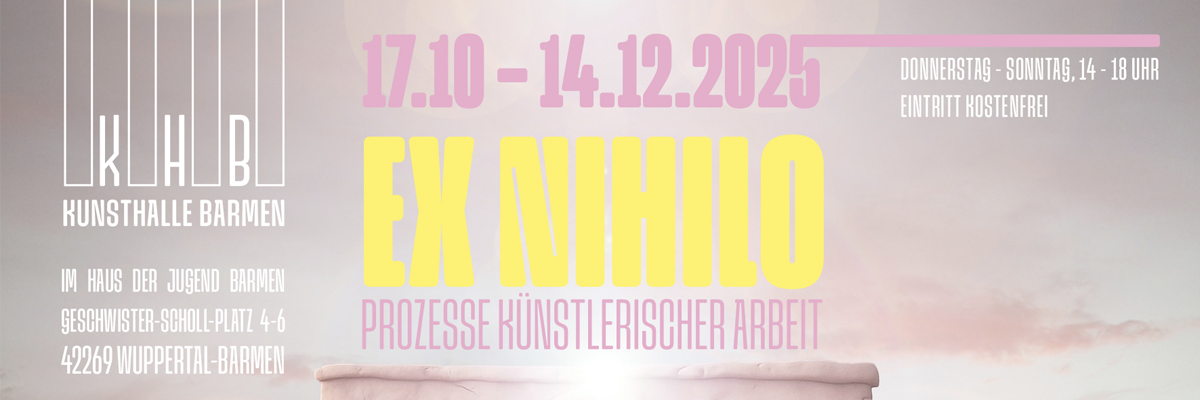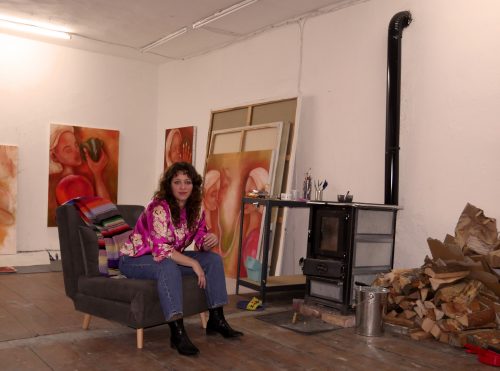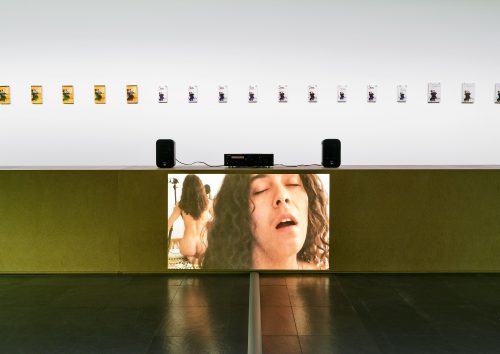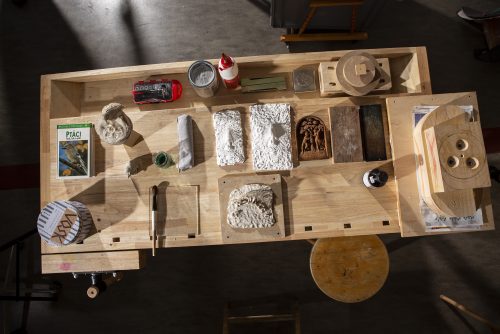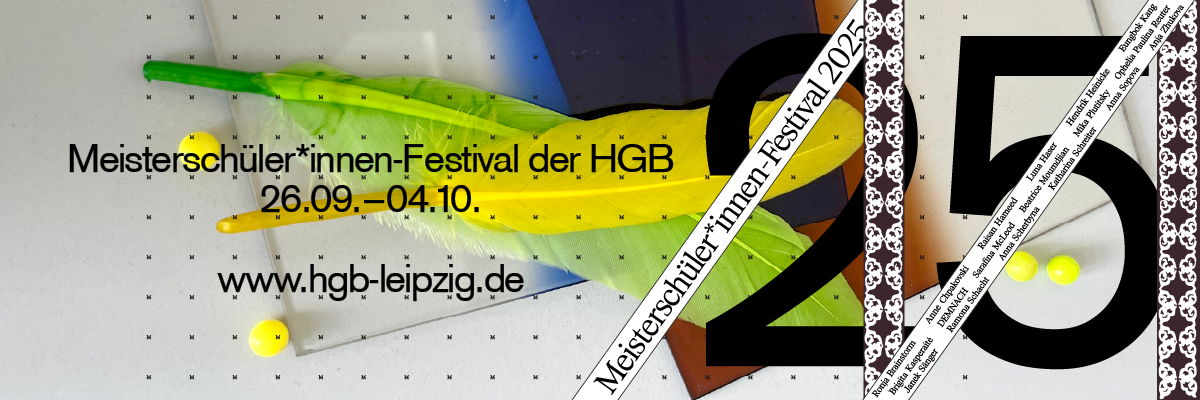
Sofiia Yesakova, Sascha Kregel
Black Wall
Project Info
- 💙 Umbrella | West Coast Exhibitions
- 💚 Jan Wawrzyniak
- 🖤 Sofiia Yesakova, Sascha Kregel
- 💜 Ulrike Kregel
- 💛 Jacob Friis-Holm Nielsen
Share on
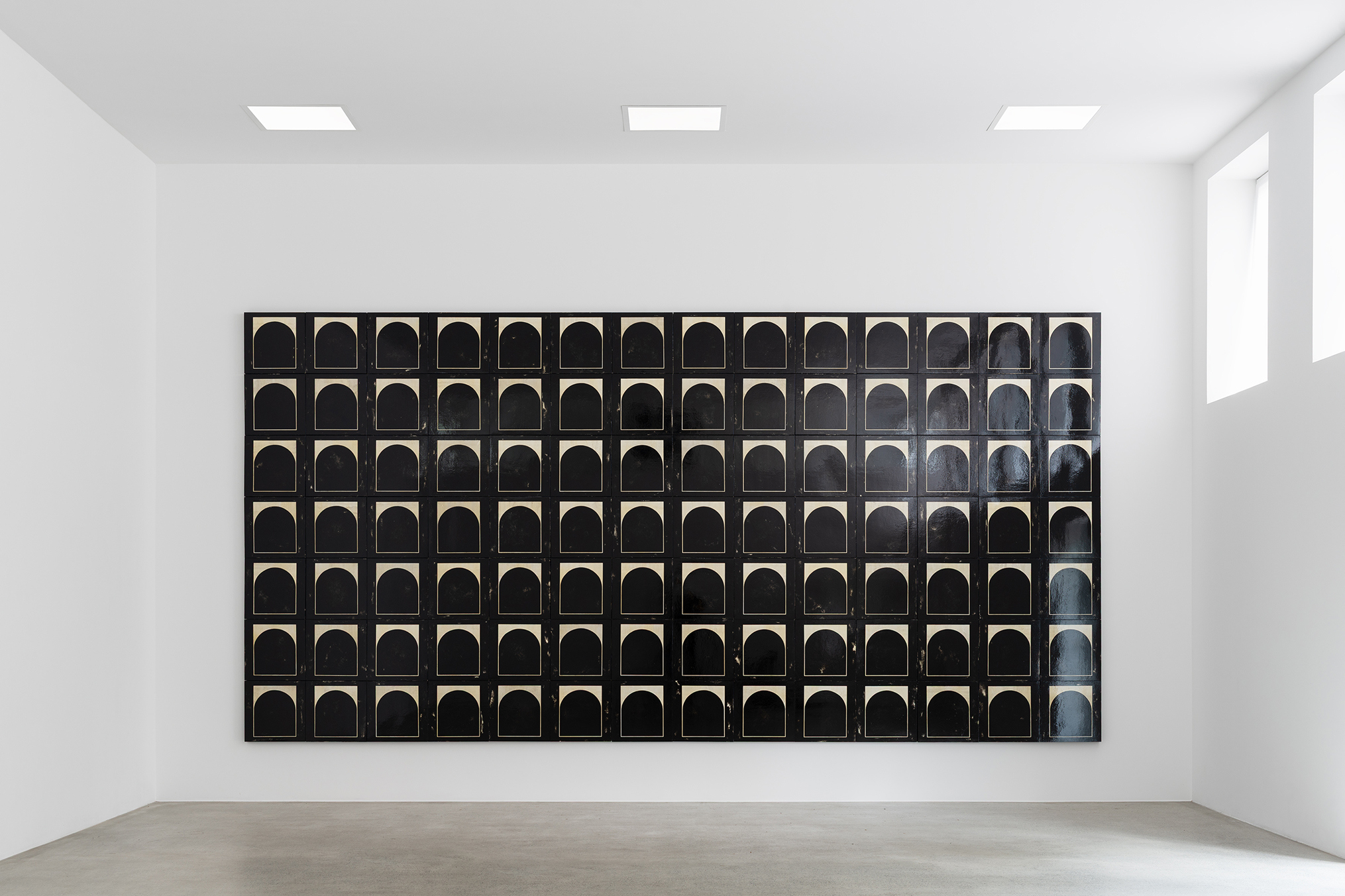
Sofiia Yesakova, Blind Spot 2.1.-2.100., each 40 × 40 × 5, total 280 × 560 × 5 cm, Acrylic, gesso, gelatine, varnish on wooden board, 2025
Advertisement
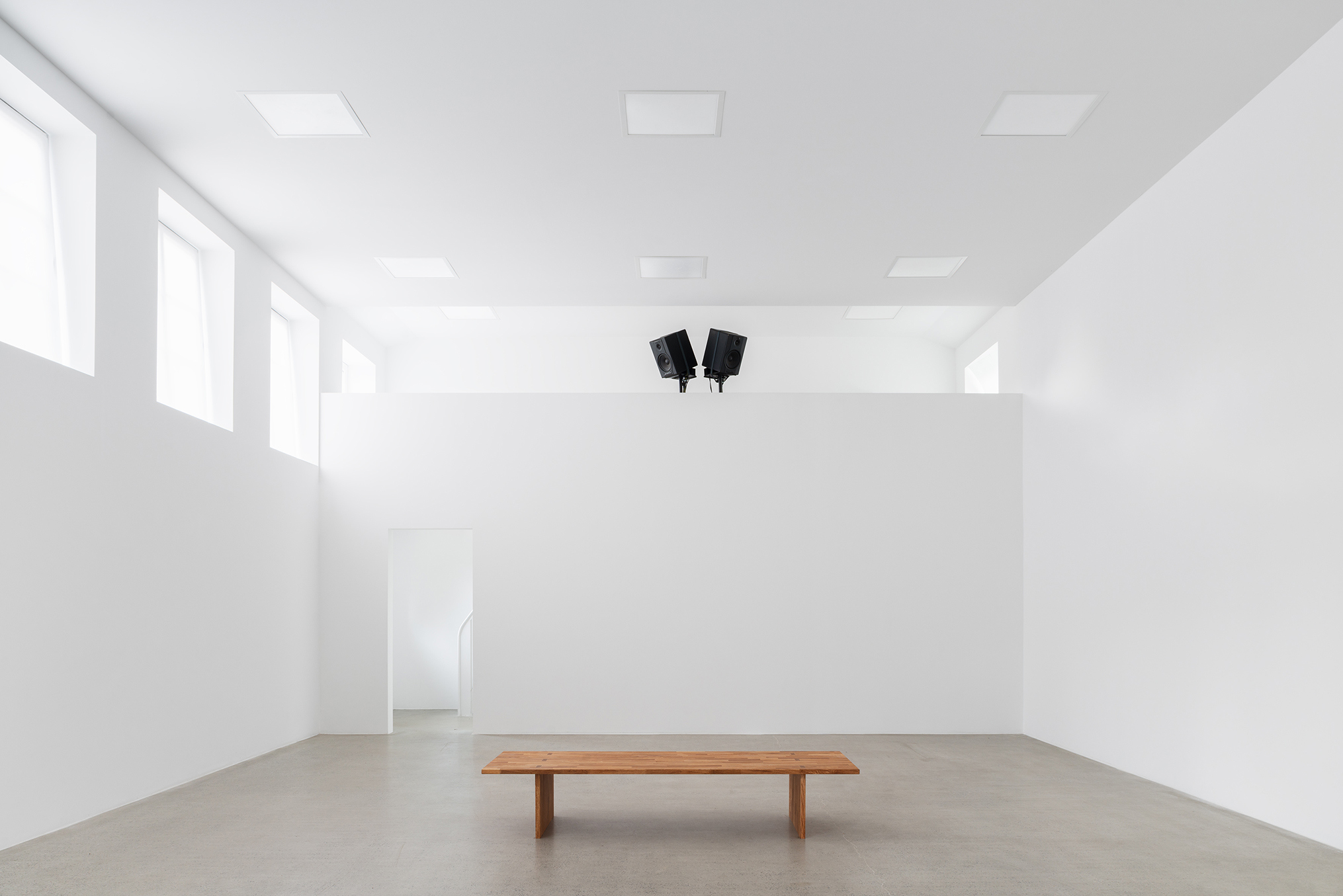
Sascha Kregel, Untitled, 2025, 2-channel audio installation, 20:16 minutes, Loop
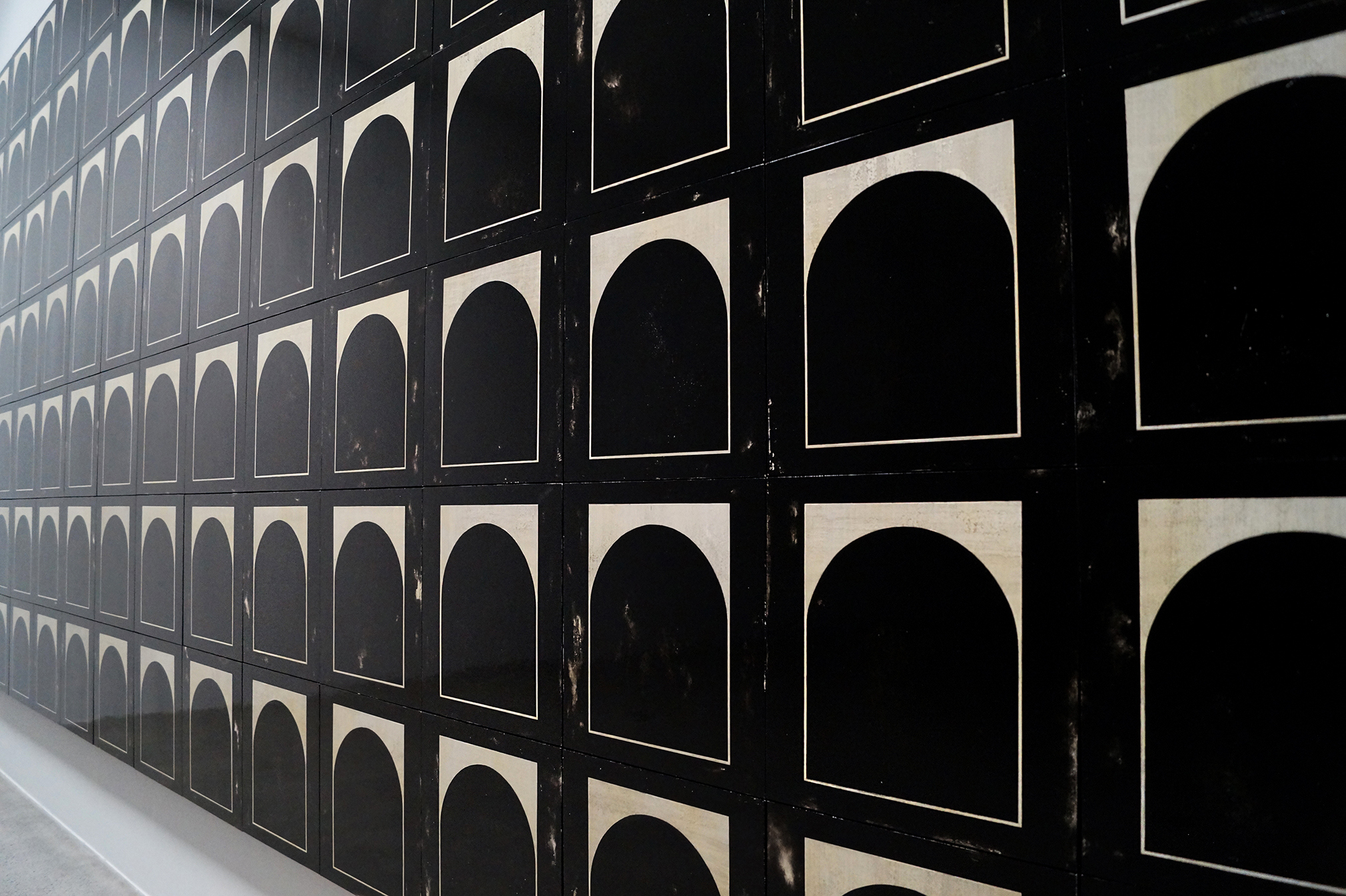
Sofiia Yesakova, Blind Spot 2.1.-2.100., each 40 × 40 × 5, total 280 × 560 × 5 cm, Acrylic, gesso, gelatine, varnish on wooden board, 2025. Close-up
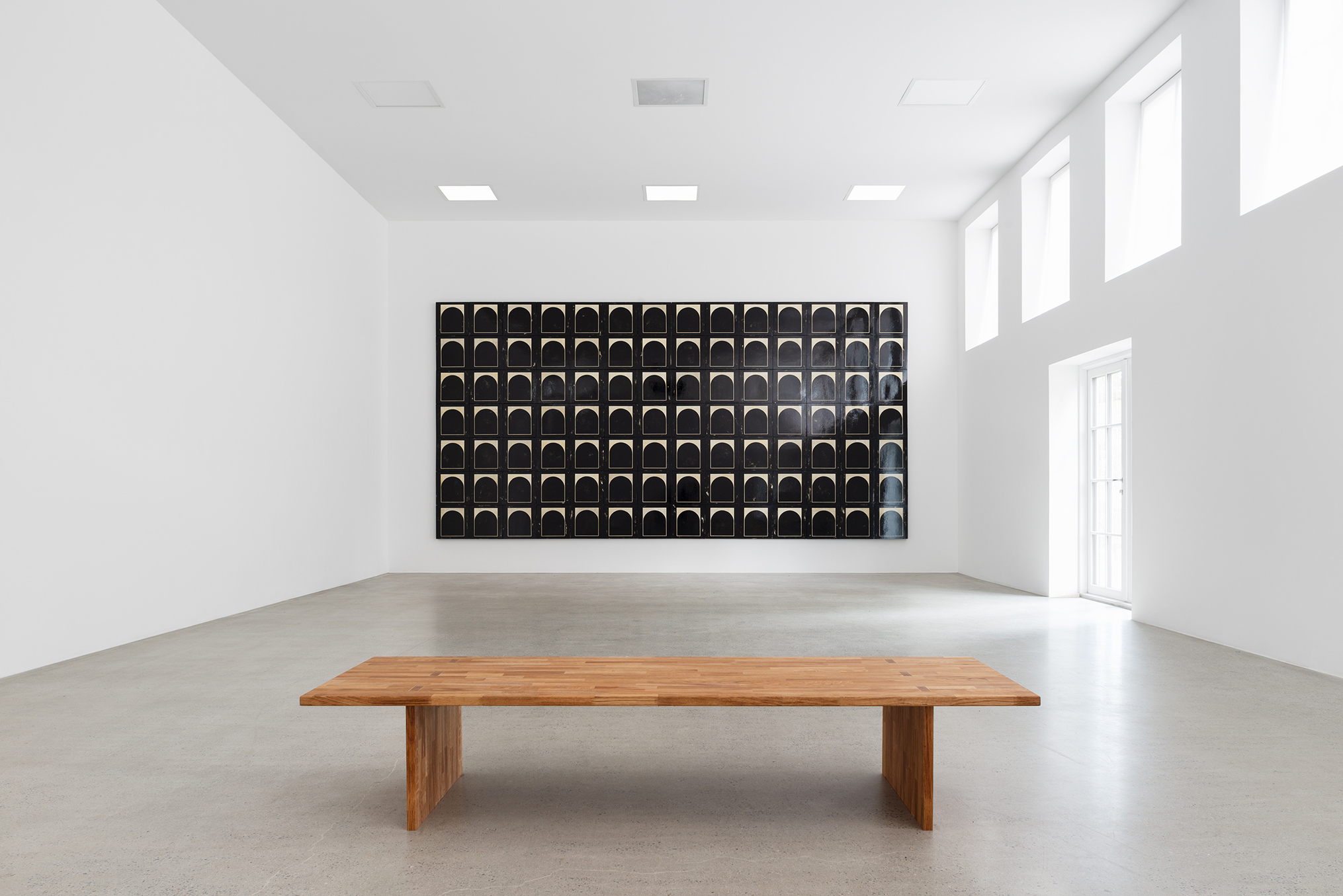
Sofiia Yesakova, Blind Spot 2.1.-2.100., each 40 × 40 × 5, total 280 × 560 × 5 cm, Acrylic, gesso, gelatine, varnish on wooden board, 2025
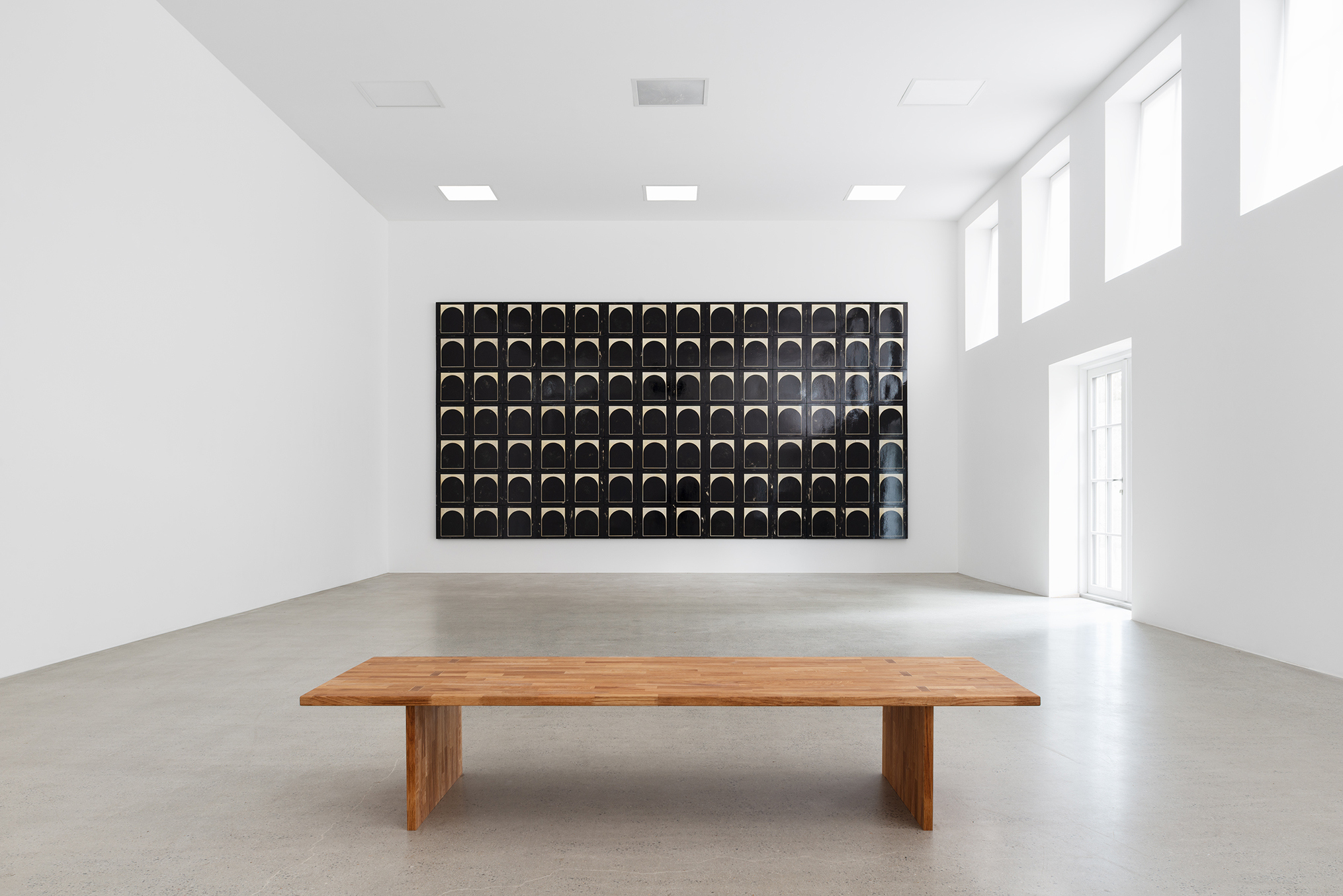
Sofiia Yesakova, Blind Spot 2.1.-2.100., each 40 × 40 × 5, total 280 × 560 × 5 cm, Acrylic, gesso, gelatine, varnish on wooden board, 2025
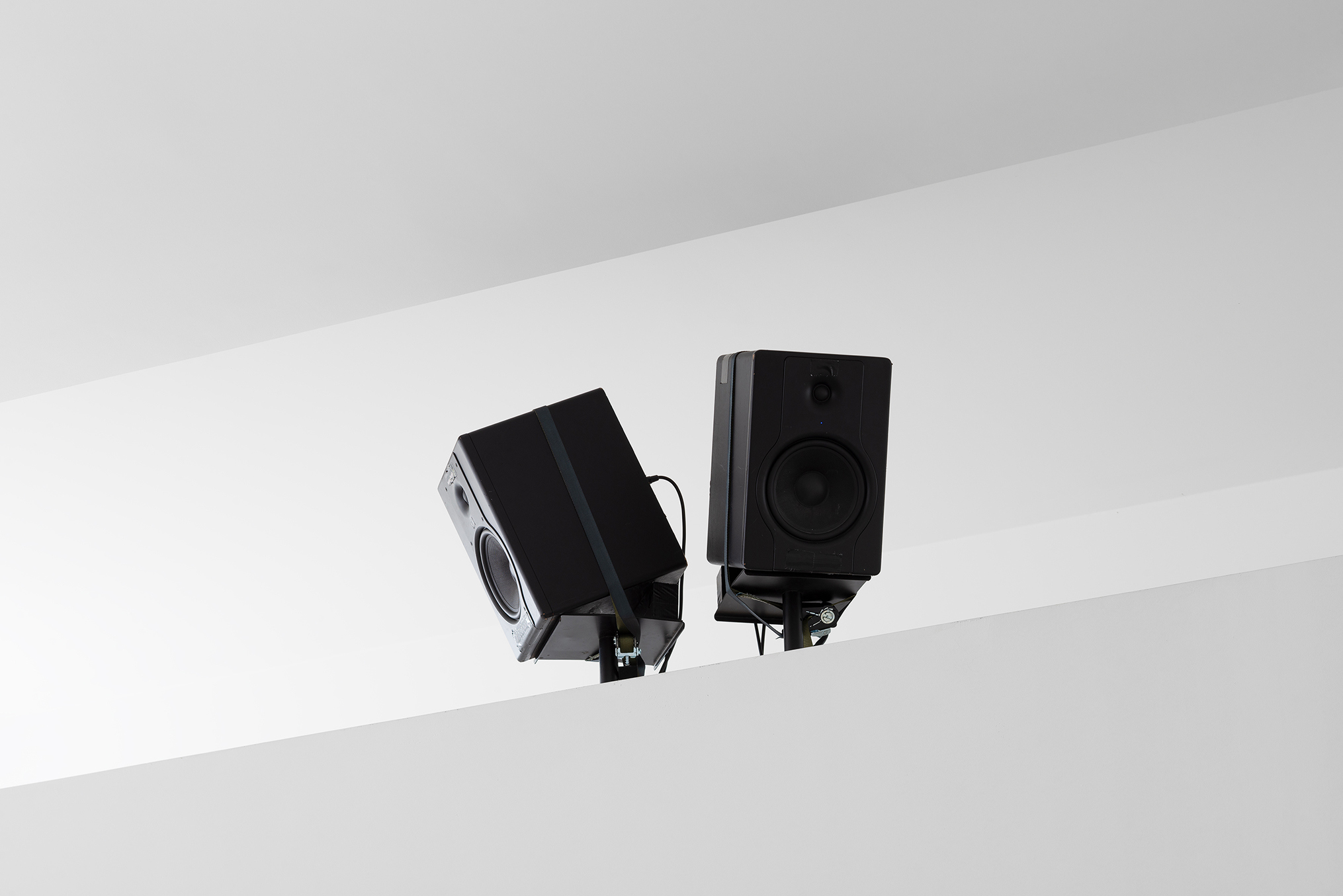
Sascha Kregel, Untitled, 2025, 2-channel audio installation, 20:16 minutes, Loop
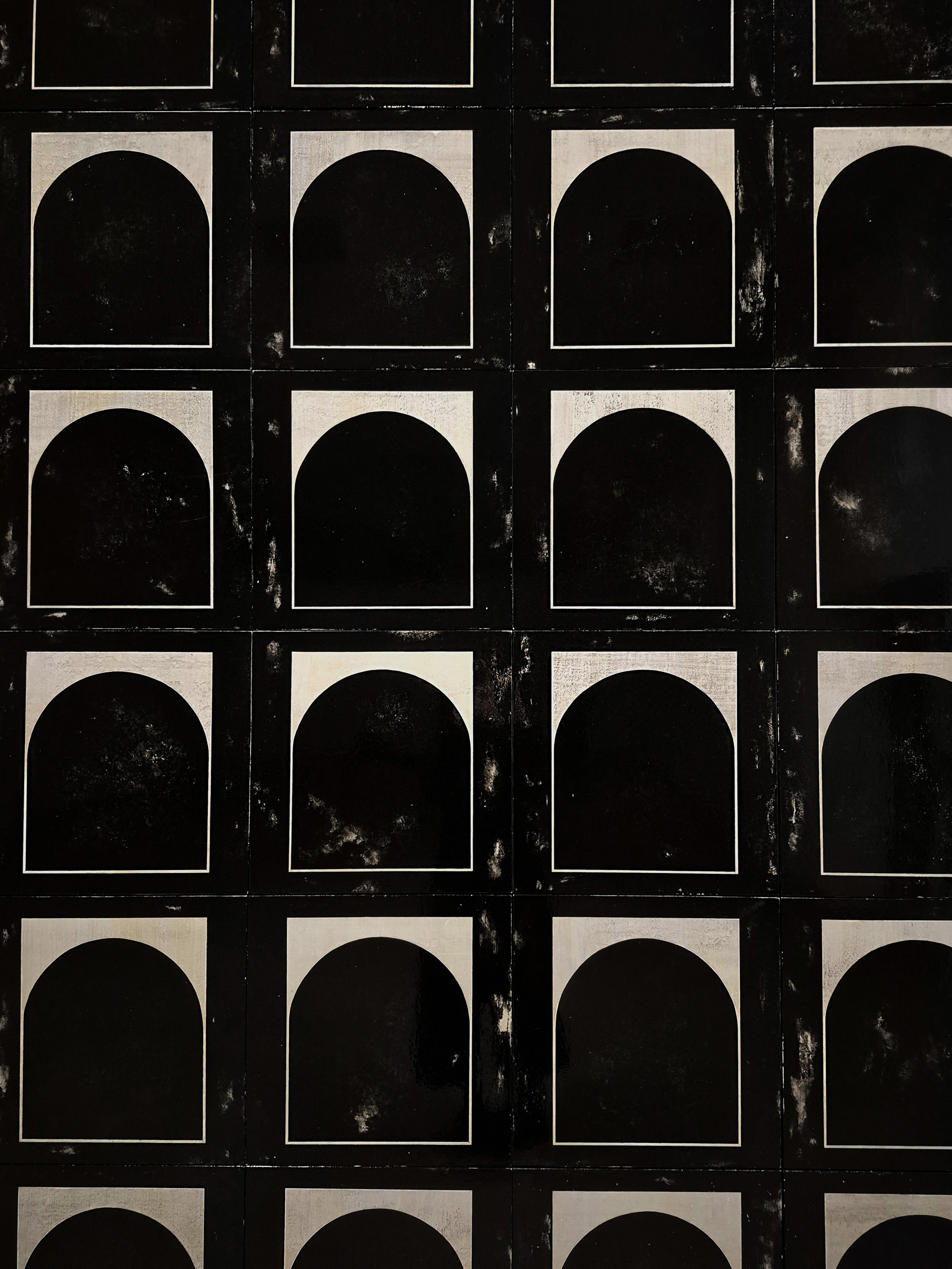
Sofiia Yesakova, Blind Spot 2.1.-2.100., each 40 × 40 × 5, total 280 × 560 × 5 cm, Acrylic, gesso, gelatine, varnish on wooden board, 2025
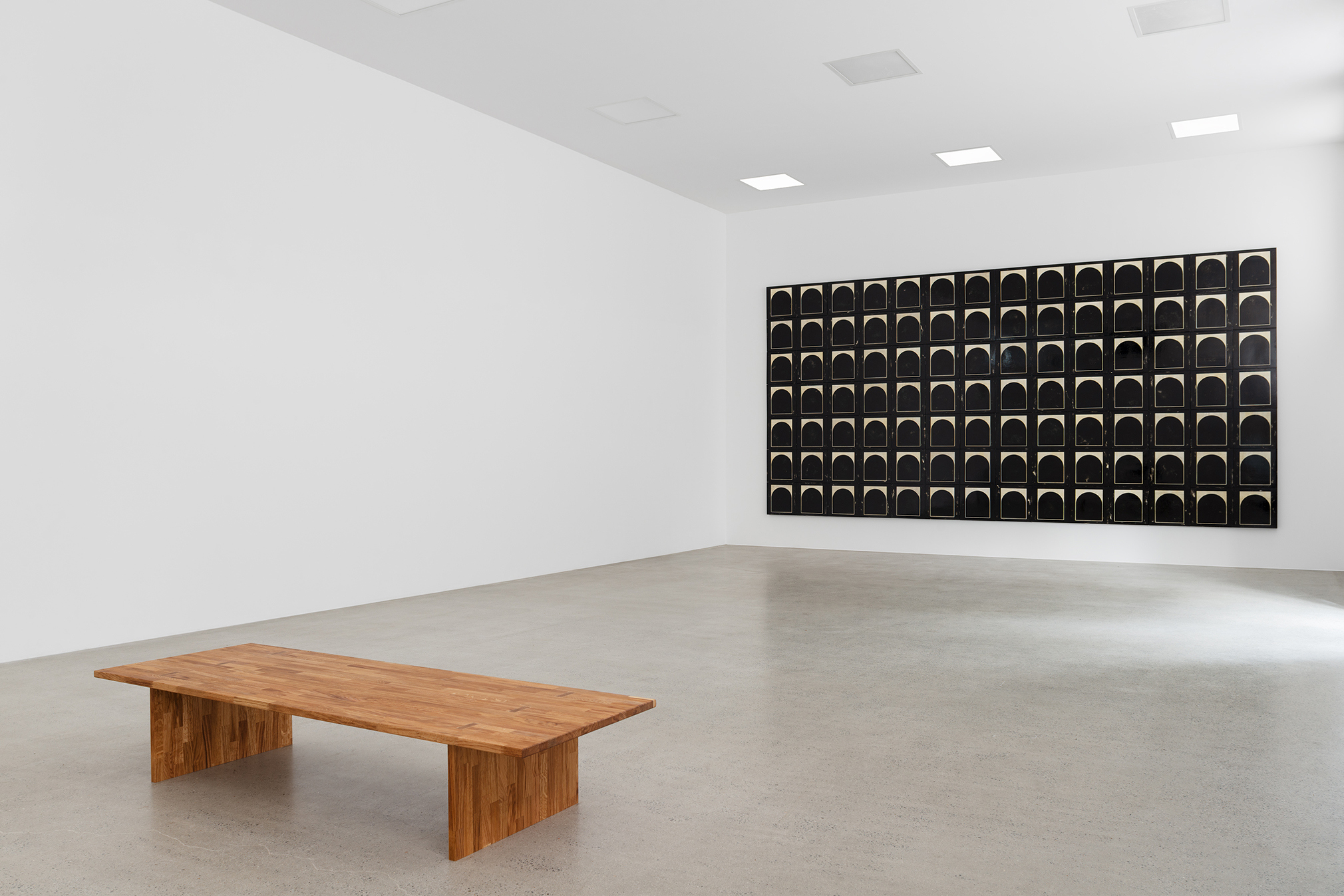
Sofiia Yesakova, Blind Spot 2.1.-2.100., each 40 × 40 × 5, total 280 × 560 × 5 cm, Acrylic, gesso, gelatine, varnish on wooden board, 2025
Icon means picture. Borrowed from Greek, the term generally refers to the pictorial
representation, the material external image, traditionally known as a panel painting. As such, it differs fundamentally from our ideas of immaterial internal images, which derive from the Latin term imago. As a Christian cult picture that became established between the 4th and early 8th centuries, primarily in the Eastern Church, the icon, which follows in the tradition of ancient panel paintings, is revered as the true picture – the Vera Ikon. In sacred spaces, icons are regarded as “not painted pictures”, “pictures of heavenly origin,” and “the seat of the divine being”. It is the ritual that prescribes clear rules, instructions and order for both the production and handling of the cult picture. The icon, the picture used in worship, appeals to the viewer. It makes a promise. It promises something. It promises nothing less than the appearance of a
miracle through the picture. In the cult, at the centre of which the icons stand, the constant repetition of homage to the picture takes place, which presupposes the presence in the picture of what the picture shows us. In this respect, every cult picture fundamentally contradicts the essence of the picture, whose existence is always based on being something other than what it shows. The iconostasis, the “revered and much-kissed” wall of pictures that separates the altar area from the nave in Orthodox churches, signifies the drawing of a boundary line that establishes the sacred space, which is usually oriented towards the east. This is where revelation is expected. It is an inaccessible space that differs from the profane space. A space that can only be approached in devotion or prayer. The arrangement of the icons on the wall follows strict rules. At the centre of the wall is the royal door, which potentially grants access and becomes the place of the expected revelation.
In the exhibition Black Wall, exhibition space becomes a kind of oratory. A place of
contemplation, where we display 98 panels by Ukrainian artist Sofiia Yesakova from the series Blind Spot 2.1. – 2.100., which enter into dialogue with a sound piece created especially for the exhibition by German sound artist Sascha Kregel. An artistic dialogue that raises questions about contemporary art in the face of the ongoing terror of war and the darkness that it brings into our present, presented for the first time at umbrella.
For months, Sofiia Yesakova produced 98 almost identical picture panels in repetitive, monotonous work processes. In this contemplative work, the artist finds a way to intensively engage with the war, its horrors and its dynamics. A wall of pictures is formed on the north side of the exhibition space from 98 picture panels created using icon painting techniques and reminiscent of icons, i.e. Christian cult pictures, in their composition. Where the sun never shines, where no revelation is to be expected, the Black Wall emerges and denies the viewer access to another world. It promises him nothing. This wall is opaque. Our gaze bounces off this wall of pictures. It reaches a dead end. Here, we are not looked at by the true face. Instead of the Vera Icon, which traditionally shines out at us from icons, the empty black picture panels multiple-fold hold up a mirror to us. What we see is our own face. It is reflected in nothingness, in the emptiness of the black, faceless icon, and reveals the horror. The picture wall becomes a picture front, a tableau of horror, of which we become a part at the moment when our reflection looks back at us from there. The sacred format is ”desecrated” as the artist says, and transferred into a secular narrative in which both the individual panels and the entire wall of pictures are to be understood as a “visualised report of loss” and a “silent scream”. What the Black Wall shows is that representation can only fail, or perhaps must fail, in the face of the horrors of war.
From across the room, from the gallery on the south side of the exhibition space, the sound enters the room and fills it. The tonal systems created in Sascha Kregel's sound are not based on harmonic relationships between tones. Instead, he uses the surfaces and lines of drawings as a basis for creating his tonal ambiences, which are more random than planned and consist of arrhythmic minimal patterns, resonance fields and recurring noise. The resulting sound fields are mostly resonant. They are resonance fields formed by a collection of tonest hat are constantly moving themselves. Another essential aspect of Sascha Kregel’s sound is noise,
which constantly present in every type of electronically generated sound – audible or inaudible – and, from technical perspective, becomes an indispensable part of the sound as a background. Contrary to the usual effort to minimize noise in favor of audibility, it is repeatedly brought to the forefront here, lending the sound depth and texture. In a constant alternation in which dark sound fields and latent noise sometimes come to the fore and sometimes recede into the background, and in the difference to the recurring interferer noise, the sound emerges and forms a dark, threatening wall of sound in the room, a sound space from which the exhibition visitor
cannot escape. The listener is confronted with mostly monotonous soundscapes in which conciliatory harmonies only briefly emerge. Harmonies that, before they can calm the listener, are either cancelled out by interference noises or by the apparent nothingness of the permanent and audible noise, thus enabling a sound experience that is an audible response to Sofiia Yesakova's wall of pictures.
A large oak bench is placed in front of the picture wall and becomes an indispensable part of the exhibition. It invites visitors to stay, to see and to listen. Silently it urges them: Sit down, rest your tired legs until you don’t know what hit you.
Ulrike Kregel
